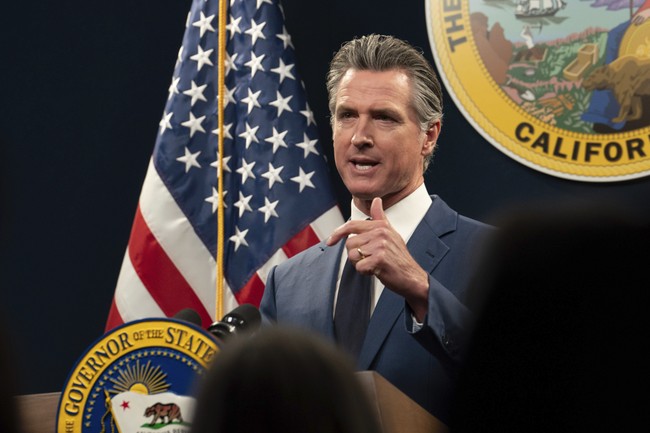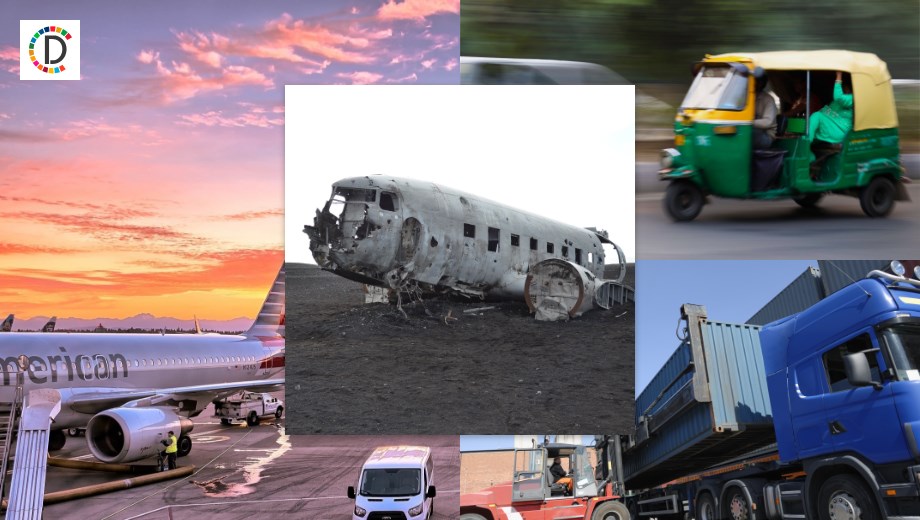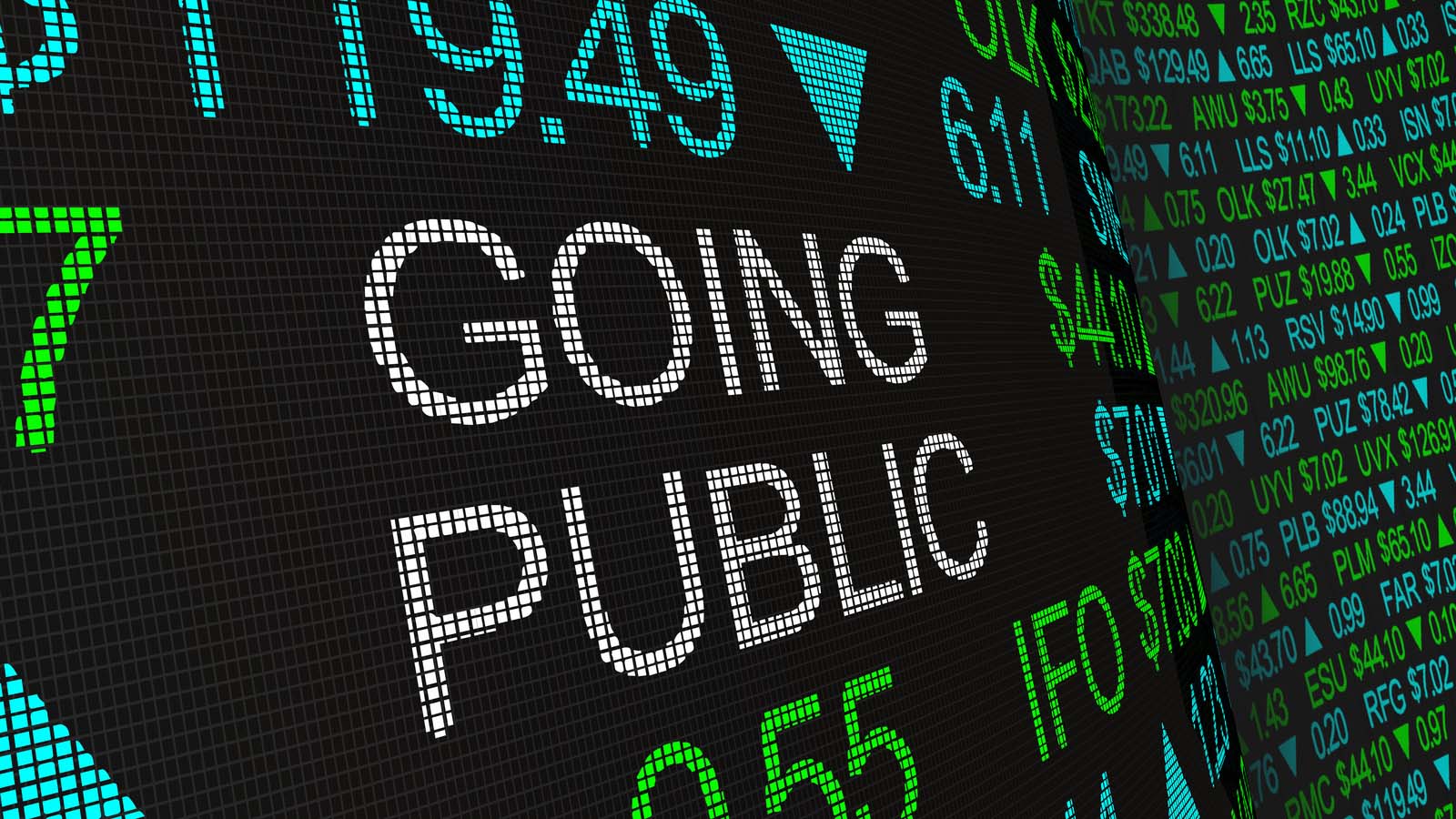Baltimore Bridge Tragedy: Power Failures Uncovered
Investigations into the Baltimore bridge collapse reveal multiple power losses on container ship Dali prior to the devastating impact that claimed lives and disrupted major transport routes.
Published May 16, 2024 - 00:05am
Image recovered from thehindubusinessline.com
Electrical power loss on container ship Dali led to its collision against Baltimore's Francis Scott Key Bridge, which collapsed under the impact and claimed six lives, according to a preliminary report by the US National Transportation Safety Board.
On March 26, the 947-ft Singapore-flagged cargo vessel experienced loss of electrical power and propulsion and struck the bridge. Human toll was severe with six operators who were conducting maintenance on the bridge perishing in the disaster.
It surfaced that the Dali had experienced a blackout during in-port maintenance, approximately 10 hours before departure. This failure recurred as the vessel approached the bridge, leaving its crew helpless against the impending collision.
The Dali had further struggled with power loss moments before the accident, with critical equipment including the main engine cooling water pumps and steering gear pumps going offline, resulting in automatic shutdown of the main engine.
Meticulous demolition efforts were carried out to extricate the vessel, which had been ensnared by 6000 tonnes of debris, freeing it to be towed to a maritime terminal. Not only does the physical dismantling of the bridge remains a challenge, but the incident has sparked a potential legal firestorm among insurance companies as they navigate the probable costs and compensations owed.
With this calamity leading to one of the costliest damages in shipping history, possibly reaching up to 4 billion euros, the ramifications stretch far beyond the immediate wreckage and loss of lives. Recovery plans and legal responsibilities form a complex aftermath, bringing together authorities, insurers, and numerous stakeholders as they grapple with the extensive fallout.
Meanwhile, maritime traffic has been provisionally redirected, although efforts are underway to expedite the reopening of the central navigational passageway. The Government of Maryland estimates that the reconstruction of the bridge may take at least four years, signifying the long road to normalcy ahead for the affected communities.
The catastrophic encounter between the container ship Dali and the Francis Scott Key Bridge has drawn significant attention to the importance of maritime safety and infrastructure resilience. A deeper investigation into the Dali's condition before the voyage reveals a series of mechanical mishaps that questioned the operational oversight on such cargo giants. While maintenance routines are stringent, industry experts are now scrutinizing the protocols followed by the Dali's crew and the maintenance team that last boarded the ship.
Structural engineers and maritime safety experts are working closely with the National Transportation Safety Board to carefully dissect the incident. Preliminary assessments suggest that the bridge's design, which had long been a source of civic pride, could not withstand the force of the Dali's collision. The tragic result mirrored concerns raised in recent years regarding the nation's aging infrastructure and its ability to cope with increased commercial traffic and potential maritime disasters.
Public response has been one of shock and grief. Vigils have been held for the lost maintenance workers and their families, while community leaders are demanding action to prevent future tragedies. The bridge not only served as a key infrastructural node but also as a historical landmark, encouraging intensified dialogue on the preservation of such structures in the face of urban expansion and modern shipping demands.
Financial analysts speculate the ripple effect of the disaster will affect regional and national economic metrics. The Port of Baltimore, being one of the major ports on the East Coast, is central to importing and exporting goods. The interruption is forcing businesses to reroute cargo, incurring delays and additional expenses. There is also growing discourse on how future maritime infrastructure should be conceptualized to bolster both preventative safety measures and swift emergency responses.
The Dali's black box, presumed to contain crucial navigational data and bridge communications, is a vital piece of evidence sought by investigators. It is expected to provide insights into the decision-making onboard and clarity on how a modern seafaring vessel could have been rendered powerless leading to such a dire outcome.
Environmental impact assessments are also currently being conducted. Initial reports indicate minimal oil spillage from the collision, but concerns over potential long-term environmental damage have prompted rigorous monitoring of the surrounding waters. Clean-up crews are on high alert, prepared to enact containment strategies if the need arises.
As the legal teams representing the Dali's owners, shipping authorities, and insurance firms brace for protracted litigation, the broader consummation of the disaster is coming into the global spotlight. This event has underscored the need for a holistic appraisal of maritime protocol alongside the infrastructure that supports massive shipping operations. Innovations in shipping technology, crew training, and emergency readiness are being discussed as pivotal elements to overhaul in the wake of the disaster.
For Baltimore and the international shipping community, the journey toward resolution and reform is poised to be as formidable as the waters they navigate. It is a stark reminder of the interconnectedness of our modern world, and how a single failure in the chain of operation can have monumentally tragic consequences.







